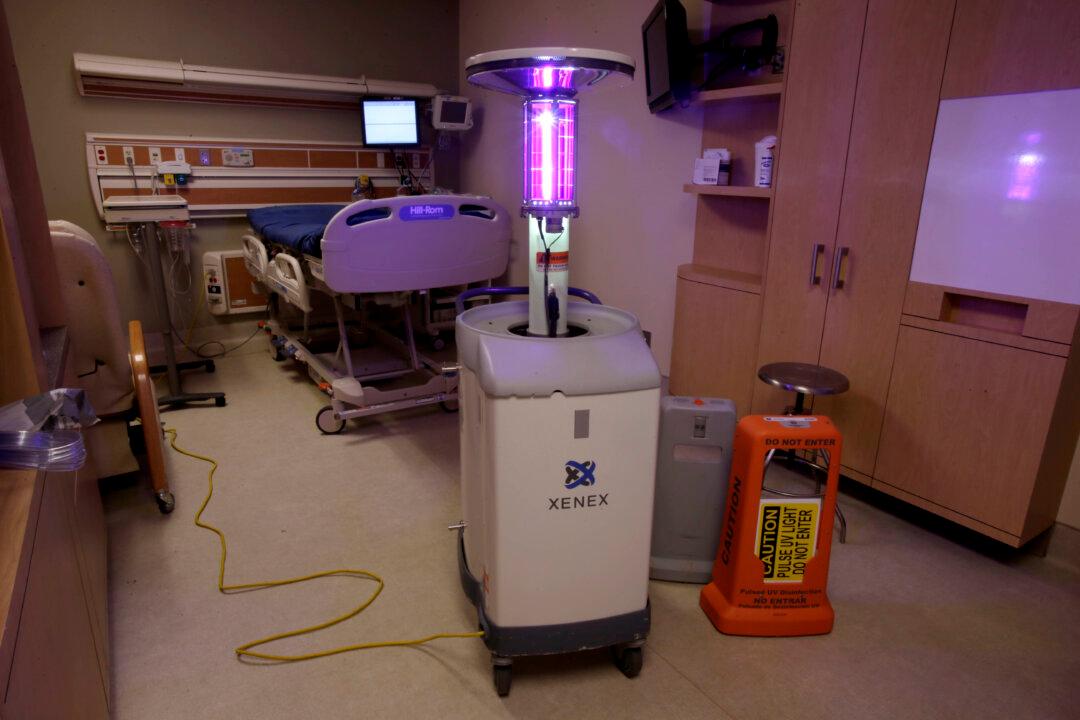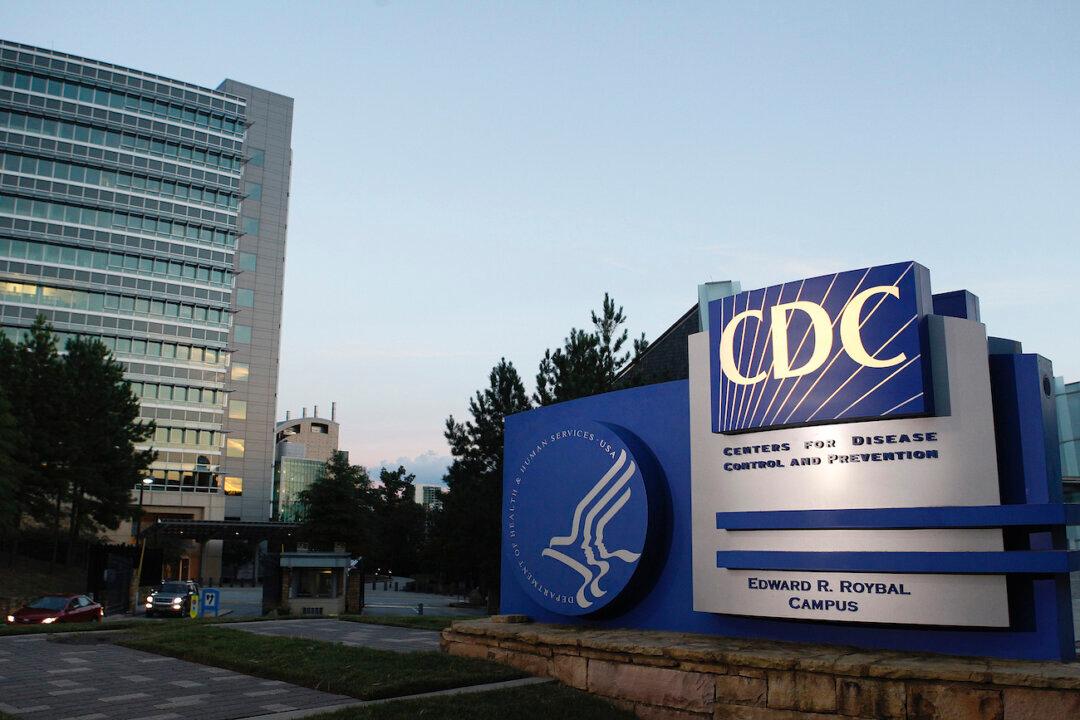The U.S. Food and Drug Administration (FDA) recently released a statement regarding the use of ultraviolet light for disinfecting amidst the COVID-19 pandemic.
Ultraviolet-C (UVC) lamps, also known as “germicidal” lamps, emit radiation that can disinfect volumes of air, water, as well as nonporous surfaces like concrete. It has been used effectively to help limit bacterial spread.





